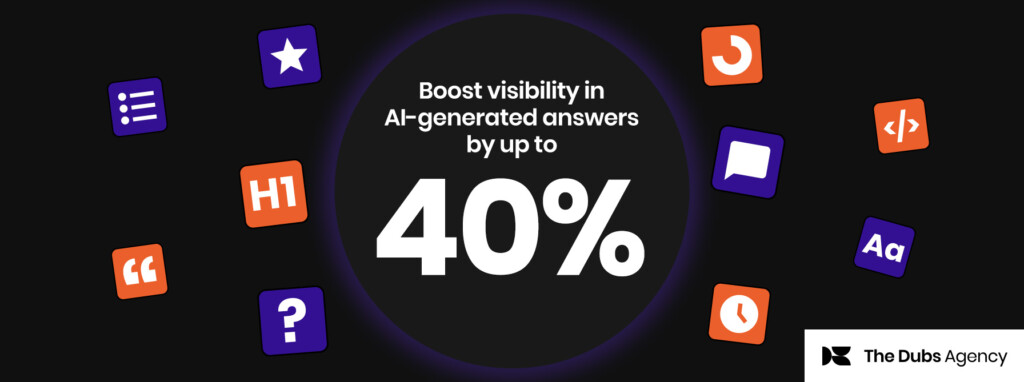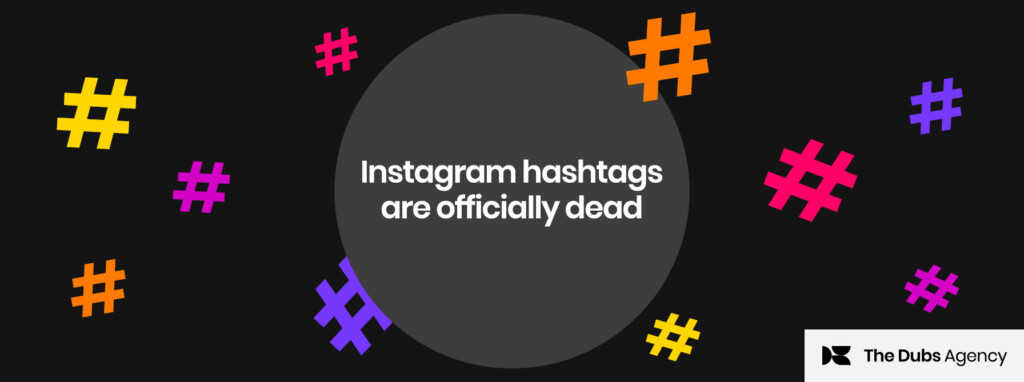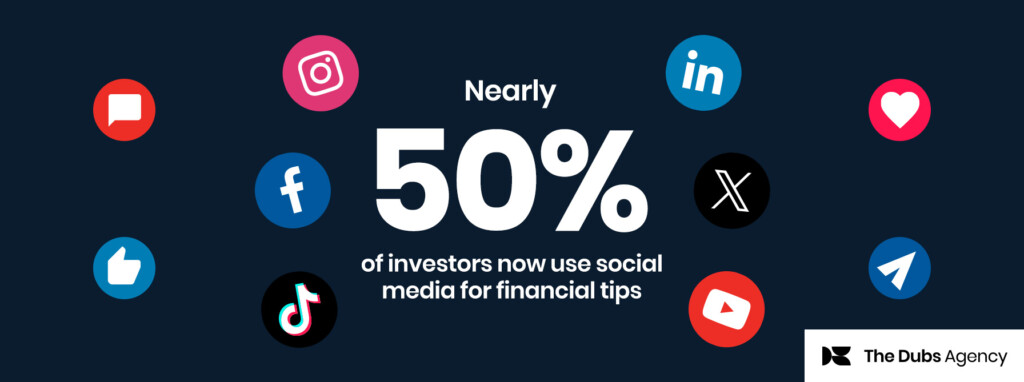We were excited – and a little confused – by the announcement of Magic Leap, Google’s first foray into Augmented Reality (AR) three years ago.
While it was accompanied by whimsical AR scenes of a tiny elephant dancing in the palm of a hand (cute) and a whale bursting through a sports hall (cool), it wasn’t entirely clear what the technology actually was.
Having raised more than $2.3 billion dollars and been billed by WIRED magazine as ‘the world’s most secretive start-up’ the cat is finally out of the bag as Magic Leap finally hit the market this year.
Magic Leap One: The flagship product
Designed for ‘creators’ rather than ‘consumers,’ Magic Leap One consists of a headset, a wearable computer and one-handed controller. Once you’re wearing all the kit, you are transported to a world where reality meets three-dimensional AR. Critics are excited by the crispness of the visuals and meshing of real and virtual, although have encountered a few technical glitches along the way.
The question is what use Magic Leap One will prove to marketers and the wider creative community? With big companies and slick start-ups clamouring for a piece of the AR pie, Magic Leap’s consumer products will need to be even more advanced to keep the attention of increasingly spoiled tech users.
The question is what use Magic Leap One will prove to marketers and the wider creative community?
AR for finance companies
The uses for AR in finance marketing may not be immediately apparent, but there are already brands employing it to great effect to improve customer experience. Take Visa Europe, for example, who teamed up with AR app Blippar to bring augmented reality to the payments process. Their tech is designed to allow you to purchase clothing on sight. Dangerous. The point is, try not to be too quick to dismiss new technologies like Magic Leap as ‘not for you’ – you never know the value they might add to your brand and customer.
Making marketing waves
One thing we know for sure about Magic Leap is how effective the slow and suspenseful marketing campaign has been to keep fans and the media interested over the long development process. Strategic moves have included drip-feeding information about product development and funding, while fun tactics involved tantalising hardcore fans with fun Easter Eggs like the Error 404 page on the website. This page is a little special – when you click down and draw circles with your mouse you can open a portal to another world. Seriously, try it.
Only time will tell whether Magic Leap was worth the build up. Perhaps it represents the next frontier in creative production, or maybe it’s a fad destined for archives of advertising history. We’ll check in next year and let you know…
Related Articles
- Hey Google, what the hell is Magic Leap?
- Virtual reality marketing – who’s doing it best?
- VR and financial brands: big rewards for early adopters
Image: Magic Leap









